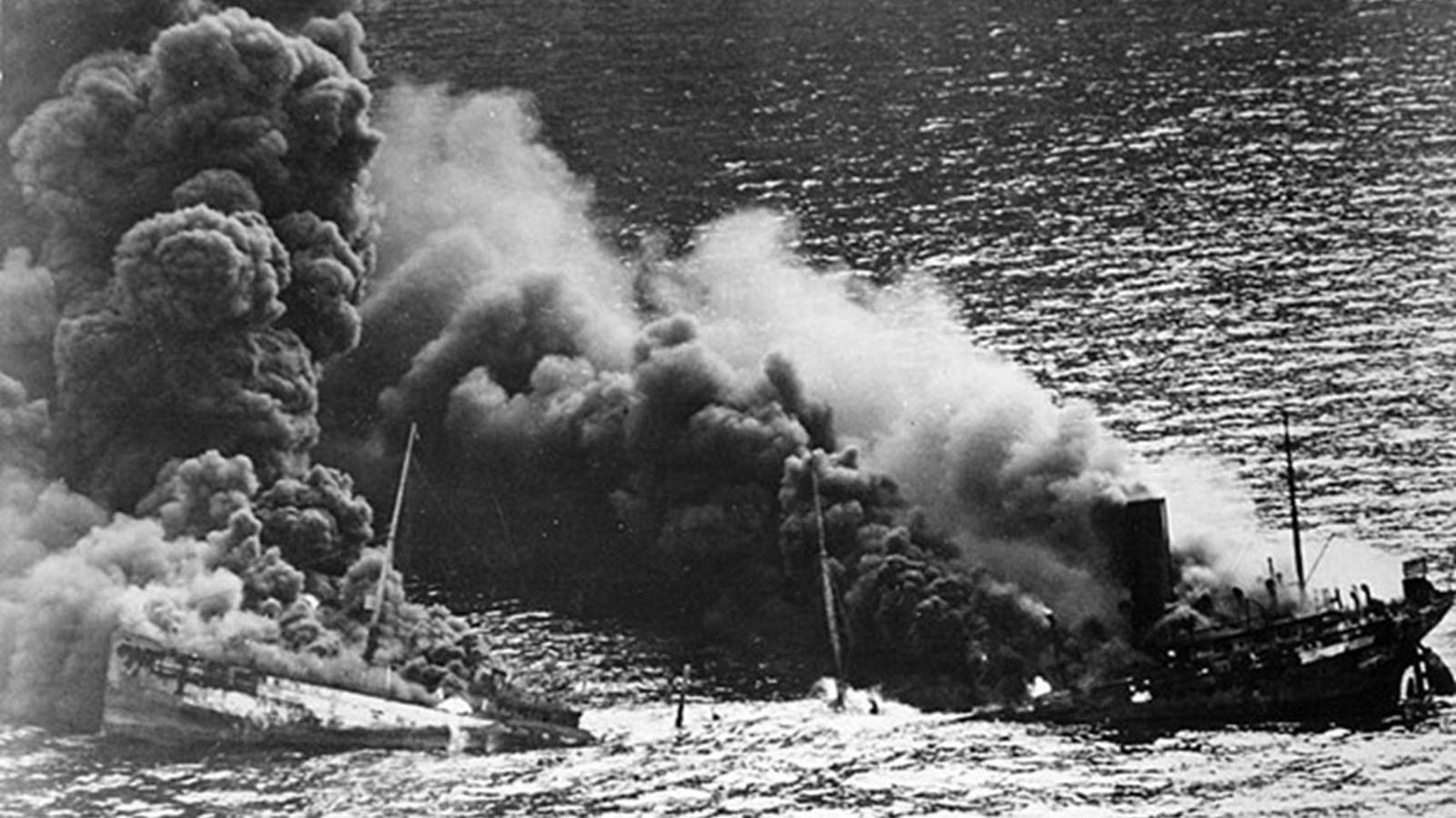Last updated: April 21, 2025
Place
The Battle of the Atlantic

National Archives Identifier (NAID) 520607
The Battle of the Atlantic began on September 3, 1939, and was one of the largest and longest campaigns of World War II. This critical struggle involved German U-boats, the icy waters of the Atlantic, the German Luftwaffe, surface ships including armed merchant raiders, and vast distances across open ocean.
The campaign also drove significant technological innovation, such as the development of radar and improved sonar systems. The Germans used the Enigma machine to encrypt their communications, believing its code to be unbreakable. However, as the war progressed, British intelligence successfully cracked the Enigma code—a breakthrough that remained secret until the early 1970s.
The conflict extended into the South Atlantic, prompting countries like Brazil to declare war on Germany in 1942. Between September 2, 1939, and December 11, 1941, the United States remained officially neutral, though it faced increasing threats and challenges in the Atlantic. That changed when the U.S. declared war on Germany and Italy on December 11, 1941. From that point on, the Battle of the Atlantic expanded significantly, reaching the eastern U.S. coastline and even the Gulf of Mexico.
British Prime Minister Winston Churchill described the action in the Atlantic in this manner “…The only thing that ever really frightened me during the war was the U-boat peril.” Churchill also coined the phrase ‘The Battle of the Atlantic’ as well.
